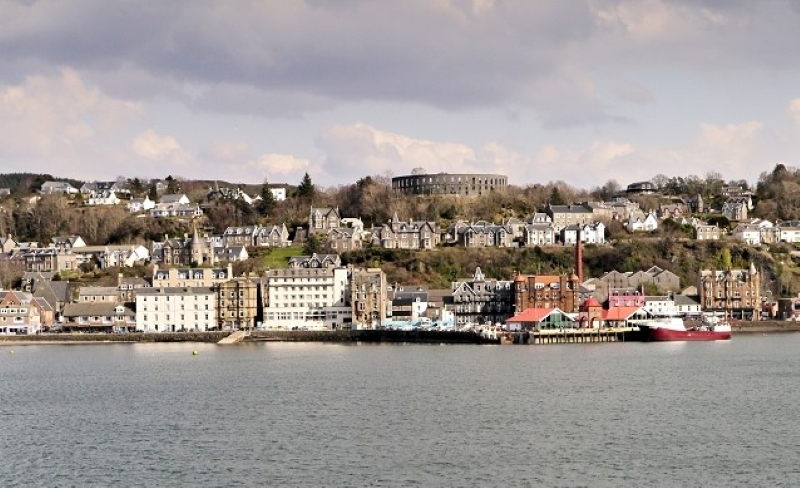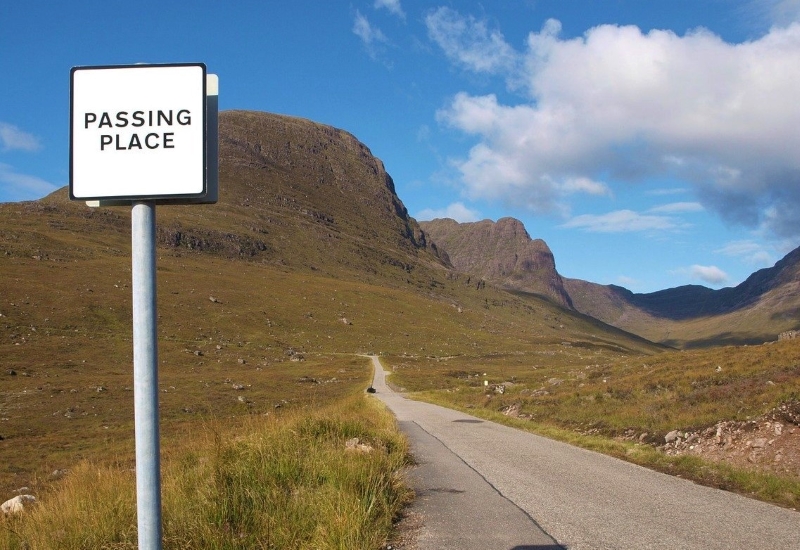
Thinking of visiting Scotland but don’t really know where to start? Or maybe you’ve already done the castle trail, the whisky trail, and the city experience and now you want to see more of the real, wild Scotland. So what’s the best way to see Scotland’s amazing scenery without confining yourself to one or two relatively small areas?
How about the North Coast 500? A 500-mile road route around the coast of Scotland the North Coast 500 has been called ‘’Scotland’s Route 66’’ after the iconic highway in the USA which no longer exists as a complete route.
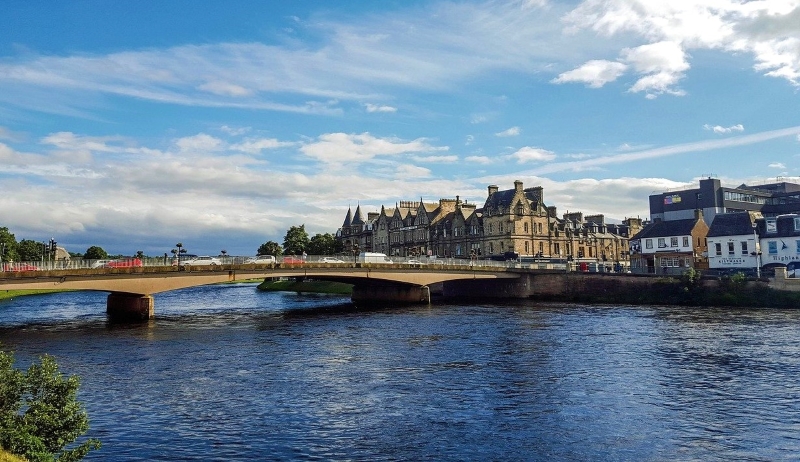
Beginning in Inverness this circular route can be done in either direction depending on which order you want to see the magnificent scenery it reveals to you. From narrow, single-track roads with passing places to long stretches of lonely road where, at times, you will hardly meet another vehicle, the North Coast 500 winds its scenic way around long, narrow, sea lochs where well-positioned parking places offer stunning views of cliffs, sandy almost inaccessible bays and misty views of distant islands.

From numerous vantage points around the route you will have the chance to see dolphins and whales of many different species, ever-present seals and many species of seabird as well as the recently reintroduced white-tailed sea eagle (the largest bird of prey in the UK and the fourth largest in the world).

Although mainly a coastal route the North Coast 500 does loop inland in places and there is a 60-mile cross-country section from Inverness in the east to the Applecross peninsula in the west giving you the opportunity to see some of Scotland’s beautiful inland lochs and mountains (you must pause at the head of Glen Docherty to gaze in awe at the view west to distant Loch Maree) as well as the chance to spot Scotland’s iconic bird, the golden eagle, soaring its way along the flanks of a hill and disappearing into the mist.
Along the route you will pass through scattered settlements and villages often with only a handful of houses and a couple of dozen inhabitants as well as larger towns although the biggest still does not exceed 10,000 people. Although it’s only 500 miles the North Coast 500 can’t be done in a couple of days. To do so would miss out on much of what the route has to offer.
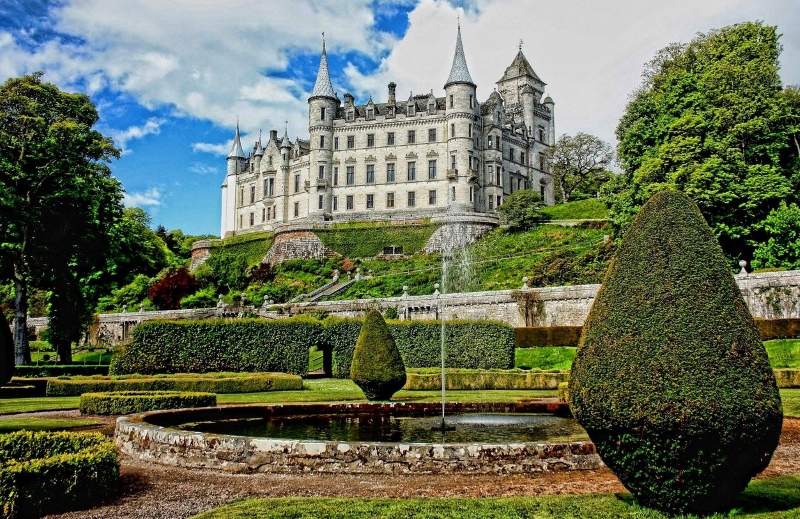
There’s the Black Isle (not an island at all), John O’Groats at the tip of Scotland, unforgettable mountain scenery including Ben Hope (Scotland’s most northerly Munro), the bizarre-looking steep-sided ridge of Suilven, the fairytale castle of Dunrobin, Ardvreck castle ruins and Achmelvich and Dornoch beaches both of which, when the sun shines, will rival any caribbean beach. These are places to savour, not whiz past in a rush.
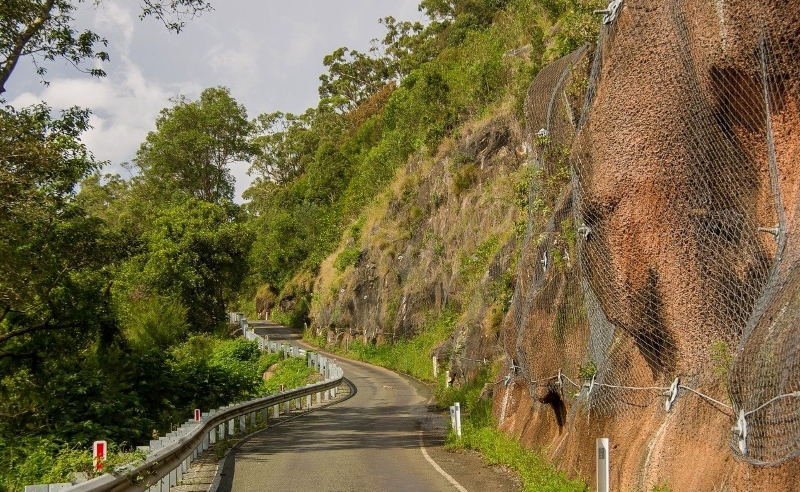
Spreading your journey over several days will give you the chance to sample the best which Scotland has to offer in the way of cuisine and accommodation and offers opportunities to divert a little from the route to visit places of special interest to you. It’s no wonder that the North Coast 500 route is regarded by many to be one of the best coastal trips on the planet! You may also wish to take some time to explore your starting place, the city of Inverness with its wonderful bridges over the river and its informal coffee shops and cafes. Inverness is also the place where, allegedly, the clearest English in the United Kingdom is spoken!

If you would love to experience this route but don’t want to organise it yourself or are reluctant to drive yourself (those single-track roads can be awkward if you’re not used to them or to driving on the ‘’wrong’’ side of the road) then don’t despair because there are travel companies which can chauffeur you along the route – either part way or all the way – enabling you to devote all your time to marvel at the passing scenery. Travel itineraries vary and you can choose from full-on luxury hotels to basic camping, travelling by either four wheels or two – including by bicycle.
Whichever direction you decide to take out of Inverness – north up the east coast or west to Applecross – you will have an unforgettable journey and if you are sufficiently impressed by the North Coast 500 (and you won’t fail to be) then maybe you’ll come back next year and do it the other way around!
The North Coast 500 website has suggested itineraries, where to go, what to see and do and a very useful interactive map which shows accommodation and attractions all round the route. You really must take a look.
North Coast Video on Youtube
All pictures courtesy of Pixabay.com CC0
 Want to see Scotland from a different perspective? How about hiring a motor cruiser for a leisurely cruise across the country? Opened in 1822 the Caledonian Canal runs from
Want to see Scotland from a different perspective? How about hiring a motor cruiser for a leisurely cruise across the country? Opened in 1822 the Caledonian Canal runs from 
 There are 29 locks on the canal all of which are manned by a lock keeper so all you have to do to safely navigate a lock is follow their instructions. You are free to roam up and down the entire length of the canal from Banavie just outside Fort William to the Muirtown Basin Marina just outside Inverness. Chartered boats are not allowed beyond either of these limits.
There are 29 locks on the canal all of which are manned by a lock keeper so all you have to do to safely navigate a lock is follow their instructions. You are free to roam up and down the entire length of the canal from Banavie just outside Fort William to the Muirtown Basin Marina just outside Inverness. Chartered boats are not allowed beyond either of these limits.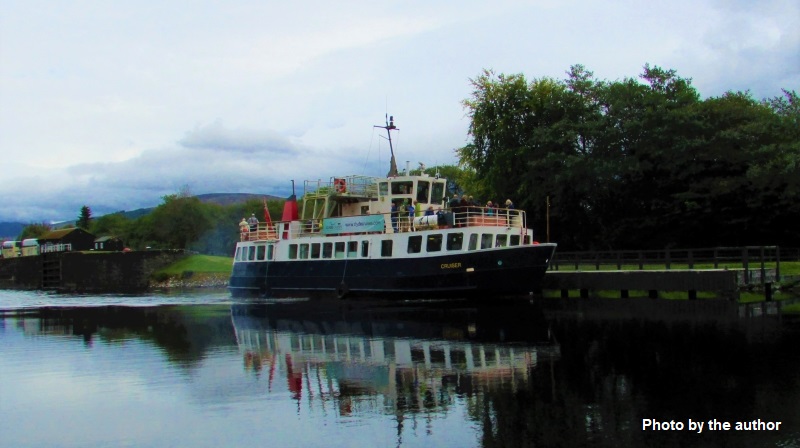 Those stretches of the canal which connect the four lochs together can be quite narrow and during the height of the season it gets quite busy. You must be prepared to meet oncoming traffic which could be anything from a cruiser the same size as yours to surprisingly big cruise boats and barges carrying dozens of passengers to small sailing yachts and even canoes. The rule when passing oncoming traffic is ‘keep to the right’ ie: when passing oncoming traffic they must be on your left. These narrow stretches of canal widen into the broad, open waters of the lochs where navigation is easy.
Those stretches of the canal which connect the four lochs together can be quite narrow and during the height of the season it gets quite busy. You must be prepared to meet oncoming traffic which could be anything from a cruiser the same size as yours to surprisingly big cruise boats and barges carrying dozens of passengers to small sailing yachts and even canoes. The rule when passing oncoming traffic is ‘keep to the right’ ie: when passing oncoming traffic they must be on your left. These narrow stretches of canal widen into the broad, open waters of the lochs where navigation is easy.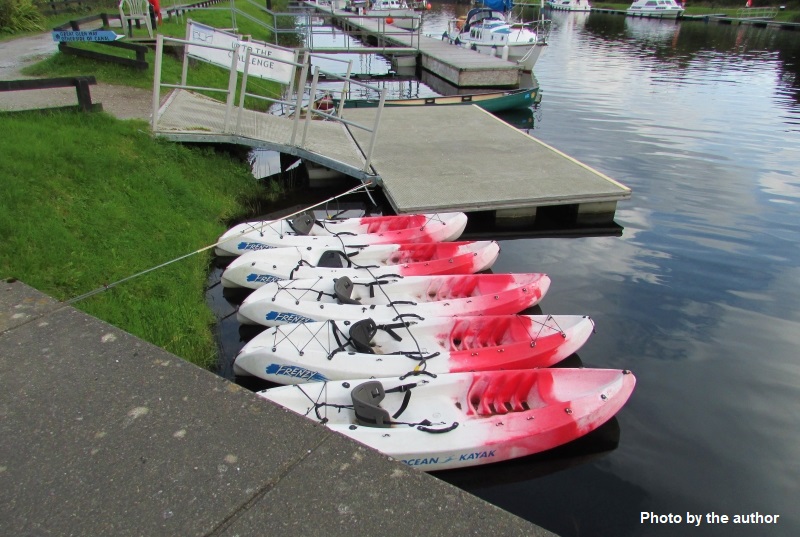
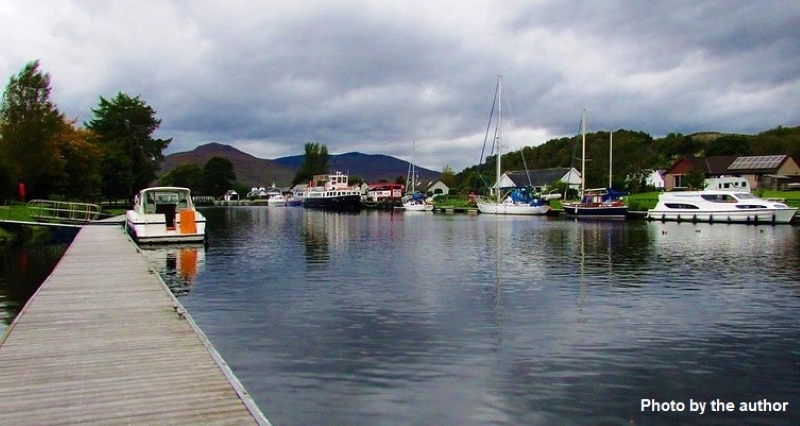 There are plenty of berthing points along the canal especially close to the locks. Not all berthing points are equipped with fueling or watering points but the larger ones are. Shore power (240v) is also available at some berthing points.
There are plenty of berthing points along the canal especially close to the locks. Not all berthing points are equipped with fueling or watering points but the larger ones are. Shore power (240v) is also available at some berthing points.
